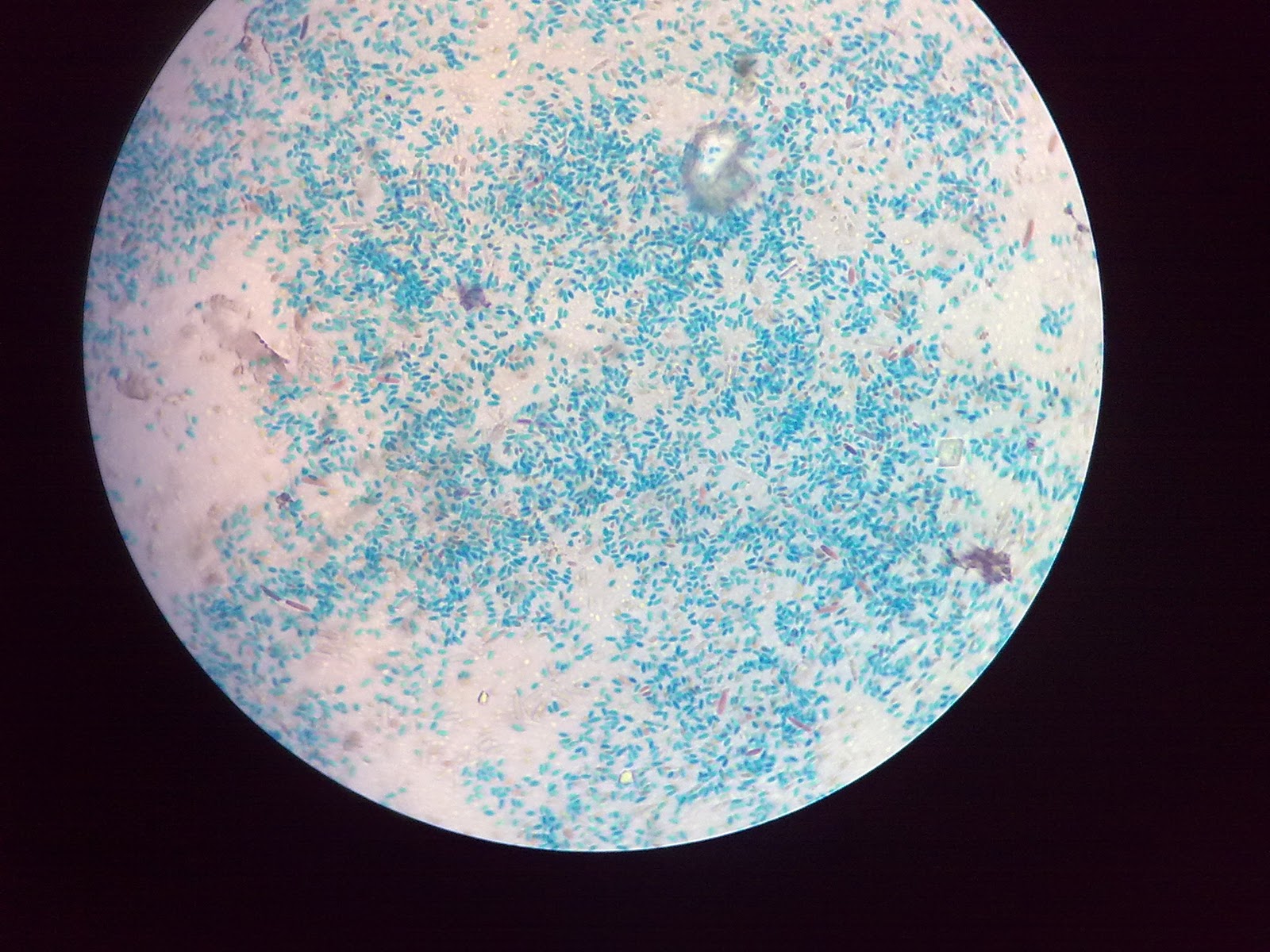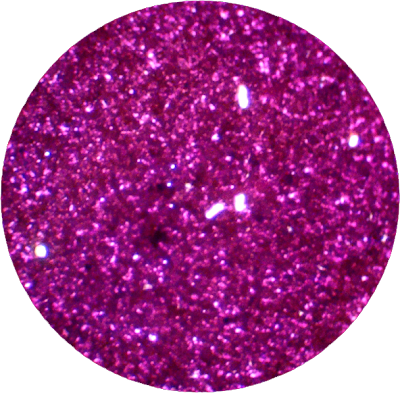Instructions for Side by Side Printing
- Print the notecards
- Fold each page in half along the solid vertical line
- Cut out the notecards by cutting along each horizontal dotted line
- Optional: Glue, tape or staple the ends of each notecard together
Microbiology Fall 2016 Study Guide Lab Exam 1
front 1 What are the standard things you do upon arriving to class each day, before the activity starts? | back 1 decontaminate work surface with disinfectant |
front 2 what are some of the standard things you do before leaving class each day? | back 2 decontaminate work surface with disinfectant |
front 3 what needs to be written on each plate or test tube? | back 3 your name, name of organism, and date it was innoculated |
front 4 where do we dispose of broken glass and old prepared slides? | back 4 broken glass container |
front 5 where do we dispose of old Petri plates? | back 5 autoclaveable containers: Sharps container or orange biohazard bag |
front 6 What are some of the objects that are regularly flamed to avoid contamination with unwanted bacteria? | back 6 inoculating loop and top of glass tube |
front 7 what is the power of the ocular lens? | back 7 10x |
front 8 what is the power of the four objective lenses on our microscope? | back 8 4x, 10x, 40x, 100x |
front 9 what is the equation to calculate total magnification? | back 9 ocular lens x objective lense |
front 10 what is the purpose of immersion oil | back 10 to increase the resolving power of a microscope |
front 11 which objective lens requires immersion oil? | back 11 100x |
front 12 why do we go through the effort of fusing the bacteria of the smear. | back 12 to kill the bacteria and to make sure it sticks to the slide, so when we stain, it's there |
front 13 what are the three things we flamed during the preparation of smear | back 13 inoculating loop, top of test tube, and slide to heat fix |
front 14 why to we flame these objects? | back 14 to avoid contamination and to make sure the bacteria stick to the slide |
front 15 what is a wet mount? | back 15 organism on a slide in a drop of liquid, organism is still alive, requires coverslip |
front 16 what is the advantage of using a wet mount instead of a smear? | back 16 the organisms are alive |
front 17 why do we stain microorganisms? | back 17 some are transparent; to be able to see them in contrast |
front 18 how is a simple stain different from a differential stain? | back 18 simple stains color the everything on the slide, differential stains color only certain types of cells |
front 19 what are the names of the two simple stains we used in our lab? | back 19 safranin and methylene blue |
front 20 when are simple stains used in differential staining protocol? | back 20 as a counterstain |
front 21 what are the four basic steps of a differential stain? | back 21
|
front 22 For gram staining what is the primary stain ? | back 22 crystal violet |
front 23 For gram staining what is the mordant | back 23 gram's iodine |
front 24 For gram staining what is the decolorizer? | back 24 acetone or alcohol |
front 25 For gram staining what is the counterstain? | back 25 safranin |
front 26 For gram staining which of the chemicals used in the staining procedure that we did in lab does not match the lab book? | back 26 alcohol/acetone |
front 27 what color is gram positive cells at the end of the stain? | back 27 purple |
front 28 what color is the gram negative cells at the end of the stain? | back 28 pink |
front 29 what is the structural difference between gram - and gram + cells? | back 29 gram - has two plasma membrane and one thin cell wall gram + have a thick cell wall |
front 30 what shape and color is the bacteria of Staphylococcus aureus | back 30 cocci, purple |
front 31 what shape and color is the bacteria of Bacillus brevis | back 31 bacili, purple |
front 32 what shape and color is the bacteria of Escherichia coli | back 32 bacili, pink |
front 33  | back 33 Gram + and Gram - staining |
front 34 For spore staining, what is the primary stain? | back 34 malachite green |
front 35 For spore staining, what is the mordant | back 35 steam |
front 36 For spore staining, what is the decolorizer? | back 36 water |
front 37 For spore staining, what was the counterstain ? | back 37 safranin |
front 38 For spore staining, what are the two general of common spore formers? | back 38 Bacillus and Clostridium |
front 39 Where do spore-forming bacteria commonly grow? | back 39 survive environmental conditions that are not favorable |
front 40 what color are the endospore at the end of the stain? | back 40 green |
front 41  | back 41 Spore staining |
front 42 why do bacteria form endospore? | back 42 spore are produced when conditions become unfavorable |
front 43 what appear pink at the end of the spore stain? | back 43 the vegetative cells |
front 44 For acid-fast staining what is the primary stain ? | back 44 basic fuchsin |
front 45 For acid-fast staining what is the mordant | back 45 steam |
front 46 For acid-fast staining what is the decolorizer? | back 46 acid alcohol |
front 47 For acid-fast staining what is the counterstain? | back 47 methylene blue |
front 48 For acid-fast staining what chemical was used for the primary stain in our lab ? | back 48 carbol fuchsin |
front 49 What color are the acid fast positive cells at the end of the stain? | back 49 metallic shiny red |
front 50 what is the genus of the organism that was used as a acid-fast negative control? | back 50 Staphylococcus |
front 51 | back 51 Acid-fast staining |
front 52 For capsule staining how is the basis of a negative stain different from the other staining protocols ? | back 52 The background is dark and the cells are clear. |
front 53 how is the fixing step for the capsule stain different from the other staining protocols that we performed so far in lab? | back 53 it is chemically fixed with acid alcohol. and not heat fixed |
front 54 For capsule staining what is the primary stain? | back 54 congo red stain |
front 55 For capsule staining what is the purpose of acid alcohol? | back 55 fixing the smear on the slide |
front 56 For capsule staining what is the secondary stain ? | back 56 carbol fuchsin |
front 57 For capsule staining what is the genus of the organism that was used in class for this stain? | back 57 Klebsiella |
front 58 For capsule staining what color is the capsule at the end of the procedure? | back 58 mostly clear or colorless |
front 59 For capsule staining what color is the background? | back 59 purple/grey/red |
front 60 how does the presence of a capsule affect the pathogenicity of a bacterium? | back 60 the capsule shield from immune response |
front 61  | back 61 Capsule Staining |